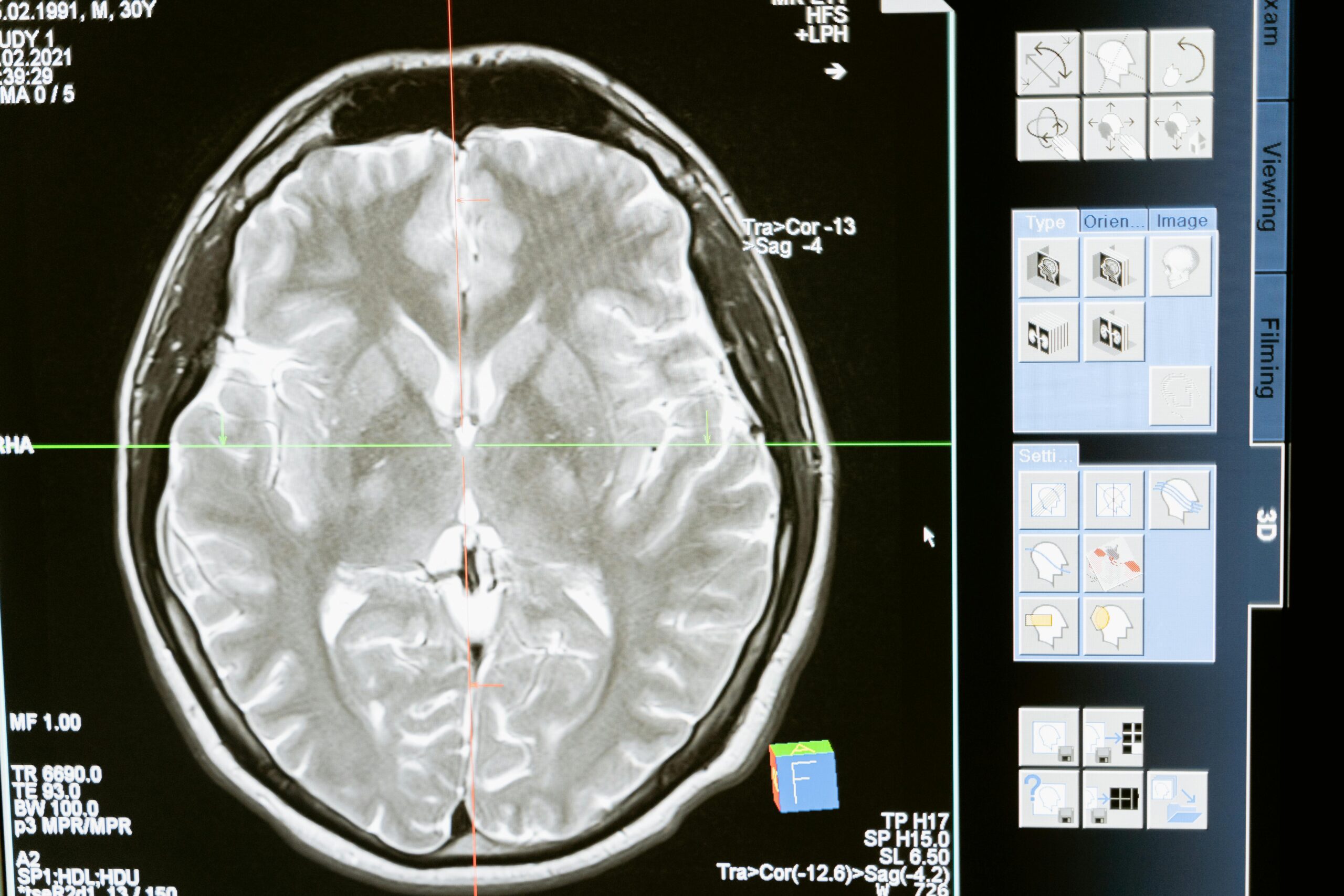Youth thrive on social connection, friendships, and a sense of belonging. These interactions are central to emotional development and resilience. Yet in today’s changing world, many young people face challenges in forming and maintaining meaningful connections. Increasing academic demands, family changes, and the rise of digital communication have all influenced how youth socialize. While technology can connect people across the globe, it can also create distance in real-life interactions.
One of the most concerning outcomes of these shifts is the growing prevalence of social isolation and loneliness among young people. Isolation is more than being physically alone, and loneliness is more than just a fleeting feeling. Both carry significant risks to mental, physical, and cognitive health if left unaddressed. Recognizing and responding to these challenges is crucial for nurses and healthcare providers.
In this Fast CE For Less guide, we will explore the risks of social isolation and loneliness in youth, their effects on health, contributing factors, and the role of nurses in education and guidance.
Understanding Social Isolation and Loneliness
Although often used interchangeably, social isolation and loneliness describe two distinct but related experiences. Social isolation refers to the absence of meaningful relationships, contact, or support from others. A young person who spends most of their time alone, without strong family or peer connections, may be socially isolated even if they do not feel lonely.
Loneliness, on the other hand, is the subjective feeling of being disconnected or not close to others. A youth may have many contacts on social media or interact in group settings but still feel emotionally detached and unsupported.
Both isolation and loneliness are important because they can have profound consequences. In youth, social bonds are critical for building confidence, developing communication skills, and creating a foundation for future relationships. When these bonds are absent or unsatisfying, the risks to emotional and mental well-being increase.
Nurses should also be aware of the early warning signs. These may include withdrawal from friends and activities, excessive screen time without real engagement, changes in mood, sleep difficulties, or reluctance to attend school or social events. Recognizing these signs allows healthcare providers to intervene early and guide families toward strategies that promote connection and support.

Cultural and Societal Changes Affecting Youth Socialization
Changing Family Structures
Modern family life looks very different from past generations. Smaller family sizes, single-parent households, and increased work commitments often reduce time spent together. For many youth, this translates into fewer shared activities, less emotional guidance, and limited opportunities to develop strong interpersonal skills at home.
Mobility and Urbanization
Frequent family relocations for work or education can disrupt friendships and community ties. In urban environments, safety concerns may prevent children from playing outside or exploring their neighborhoods. This lack of unstructured, face-to-face interaction limits the development of natural social bonds that are vital during childhood and adolescence.
The Digital Paradox
Technology has transformed how youth connect. Social media, gaming, and instant messaging create opportunities to engage with peers globally. However, these interactions often remain surface-level and lack emotional depth. Many young people report feeling disconnected despite having large online networks. This phenomenon illustrates the paradox of “constant connection yet deeper isolation.”
Decline of Community and Group Activities
Cultural changes have also led to fewer community-based opportunities for interaction, such as youth clubs, neighborhood gatherings, or religious groups. Without these traditional avenues, young people may struggle to find supportive, real-world communities that encourage belonging and resilience.
Health Effects of Loneliness in Youth
Loneliness is not just an emotional state; it has wide-reaching effects on the physical, mental, and cognitive health of young people. When left unaddressed, it can set the stage for long-term challenges that extend well into adulthood.
Physical Health Impacts
Youth experiencing loneliness often report physical symptoms such as fatigue, sleep disturbances, and increased stress. Chronic loneliness is also linked to weakened immune responses, leaving the body more vulnerable to illness. These effects can interfere with school attendance and overall well-being.
Mental and Emotional Consequences
The emotional toll of loneliness can be profound. Feelings of sadness, worthlessness, and rejection often accompany persistent loneliness. Over time, this increases the risk of depression and anxiety. In some cases, it can escalate to self-harm or suicidal ideation if not recognized and addressed promptly.
Cognitive and Developmental Risks
Loneliness can also affect how young people learn and process information. Difficulty concentrating, lack of motivation, and reduced academic performance are common. For adolescents, this may hinder the development of problem-solving skills, decision-making abilities, and resilience, all of which are essential for navigating adulthood.
Long-Term Outcomes
When loneliness continues over time, it can become a cycle that is difficult to break. Isolated youth may enter adulthood with limited social networks and poor coping strategies, perpetuating risks for ongoing mental health issues and reduced quality of life.
At-Risk Factors in Youth
Not all young people experience loneliness or social isolation in the same way. Certain factors increase vulnerability, making some groups more at risk of facing severe mental health challenges.
Depression and Loneliness
Depression is both a risk factor and a consequence of loneliness. Youth who struggle with depression often withdraw from peers, making it harder to build supportive relationships. This isolation deepens their depressive symptoms, creating a cycle that can be difficult to escape.
Anxiety and Social Withdrawal
Anxiety disorders can heighten feelings of self-doubt and social discomfort. Young people with social anxiety may avoid group activities or friendships for fear of judgment, leaving them more isolated. Over time, this avoidance reinforces loneliness and intensifies anxiety.
Suicidality and Self-Harm Risks
In severe cases, social isolation and loneliness can push youth toward harmful behaviors. Feelings of hopelessness and disconnection may lead to thoughts of suicide or acts of self-harm. Studies consistently link social isolation to increased suicide risk among adolescents, making early intervention essential.
Family and Environmental Factors
Unstable family environments, bullying, and lack of community support also heighten vulnerability. For instance, youth who feel misunderstood at home or excluded at school are more likely to internalize feelings of loneliness, which worsens their mental health outcomes.
By identifying these at-risk factors early, parents, educators, and mental health professionals can provide timely support and reduce the likelihood of long-term harm.
Technology and the Rise of Interactive Robots
Technology has always influenced the way humans connect, and interactive robots are one of the newest developments. These devices are designed to provide companionship, engagement, and educational support for both children and adults.
Interactive Companionship
Robots equipped with artificial intelligence can respond to emotions, mimic conversations, and even offer comfort. For children, these robots may serve as playmates that talk, sing, or listen. For adults, they may provide companionship in the absence of human connection, particularly for individuals living alone.
Educational Interaction and Support
Many interactive robots are created with learning in mind. They can teach language, problem-solving, or reading skills in an engaging format. By combining entertainment with education, these robots aim to support cognitive development while also providing a sense of social interaction.
Entertainment and Emotional Support
Some robots are designed for fun and comfort, such as those that play games, tell jokes, or even simulate cuddling. These functions can reduce feelings of boredom and loneliness, creating a temporary sense of closeness.
Concerns for the Future of Human Interaction
While robots can be beneficial, they also raise important questions. If youth begin relying heavily on robotic companionship, will they lose the motivation or skills needed for real human relationships? The long-term risk is that dependence on robots may replace genuine human contact, potentially worsening isolation in the future.
Interactive robots show both promise and concern, highlighting the need for balance between technology use and authentic human interaction.
Centers and Resources for Mental Health Support
When loneliness or social isolation becomes overwhelming, it is important to know that professional help and community resources are available. Access to care can make a significant difference in preventing a mental health crisis.
Local Treatment Facilities
Many communities provide mental health clinics, hospitals, and outpatient programs. These facilities offer therapy, counseling, and group support sessions designed to help individuals reconnect and build coping skills. For youth, school-based mental health services can also provide safe spaces to discuss feelings and access guidance.
Crisis Support Lines
Immediate support is available through crisis hotlines, which allow individuals to speak with trained counselors at any time. These services are confidential and provide guidance for people experiencing anxiety, depression, or thoughts of self-harm. Quick access to a supportive voice can help someone feel less alone and more capable of finding long-term solutions.
National Suicide Prevention Hotline (988)
The National Suicide Hotline Designation Act of 2020 established 988 as a simple, three-digit number for mental health emergencies. This resource connects callers to the National Suicide Prevention Lifeline, offering immediate crisis intervention and referrals to local resources. The availability of this hotline ensures that help is never far away, even in moments of severe distress.
By raising awareness of these resources, nurses and healthcare providers can guide patients and families toward lifesaving support when needed most.
Conclusion
Social isolation and loneliness among youth are more than temporary struggles; they are risk factors that can harm physical, emotional, and cognitive health. With cultural changes, shifting family dynamics, and the influence of technology, many young people are left feeling disconnected despite living in a highly connected digital age. Left unaddressed, isolation can lead to depression, anxiety, suicidality, or self-harm, underscoring the importance of proactive care and guidance.
Nurses are uniquely positioned to help. During patient encounters, nurses can ask about social habits, screen for loneliness, and assess risk factors. Nurses play an important role in prevention by educating families about the signs of isolation and encouraging healthy social engagement. They can also provide resources for counseling, connect patients to local support groups, and raise awareness about crisis services such as the 988 National Suicide Prevention Lifeline.
Equally important is the nurse’s role in guiding families through new challenges, such as using interactive robots for companionship or the impact of digital communication on youth. By fostering open conversations, setting healthy boundaries, and promoting balance, nurses empower patients and families to strengthen real-world connections while safely navigating modern tools.
Fast CE For Less is the trusted platform for nurses seeking quality education and hassle-free compliance. Our courses, state bundles, and one-year unlimited access are tailored to help you meet your goals efficiently. Visit www.fastceforless.com today to explore our courses and start learning on your schedule.



